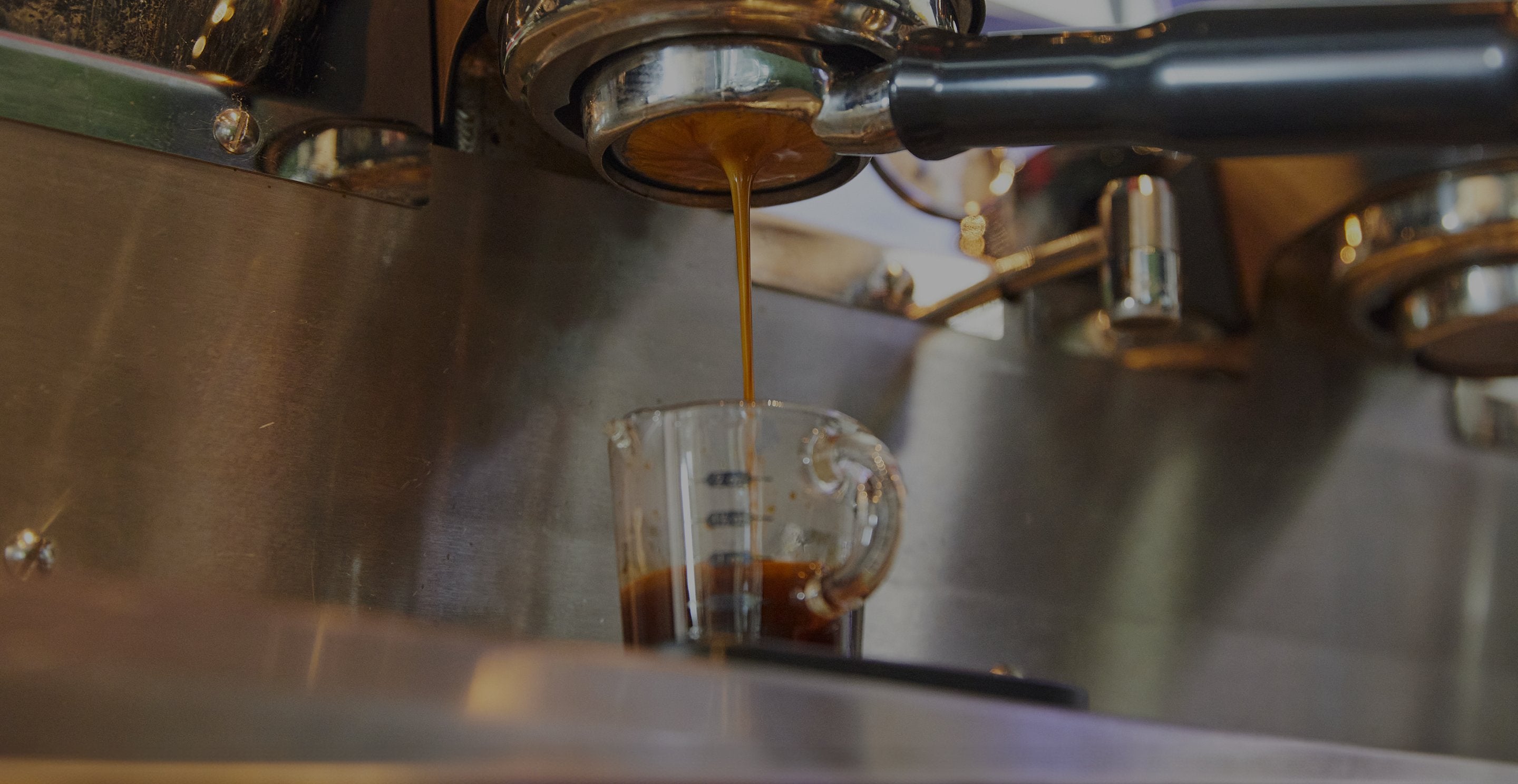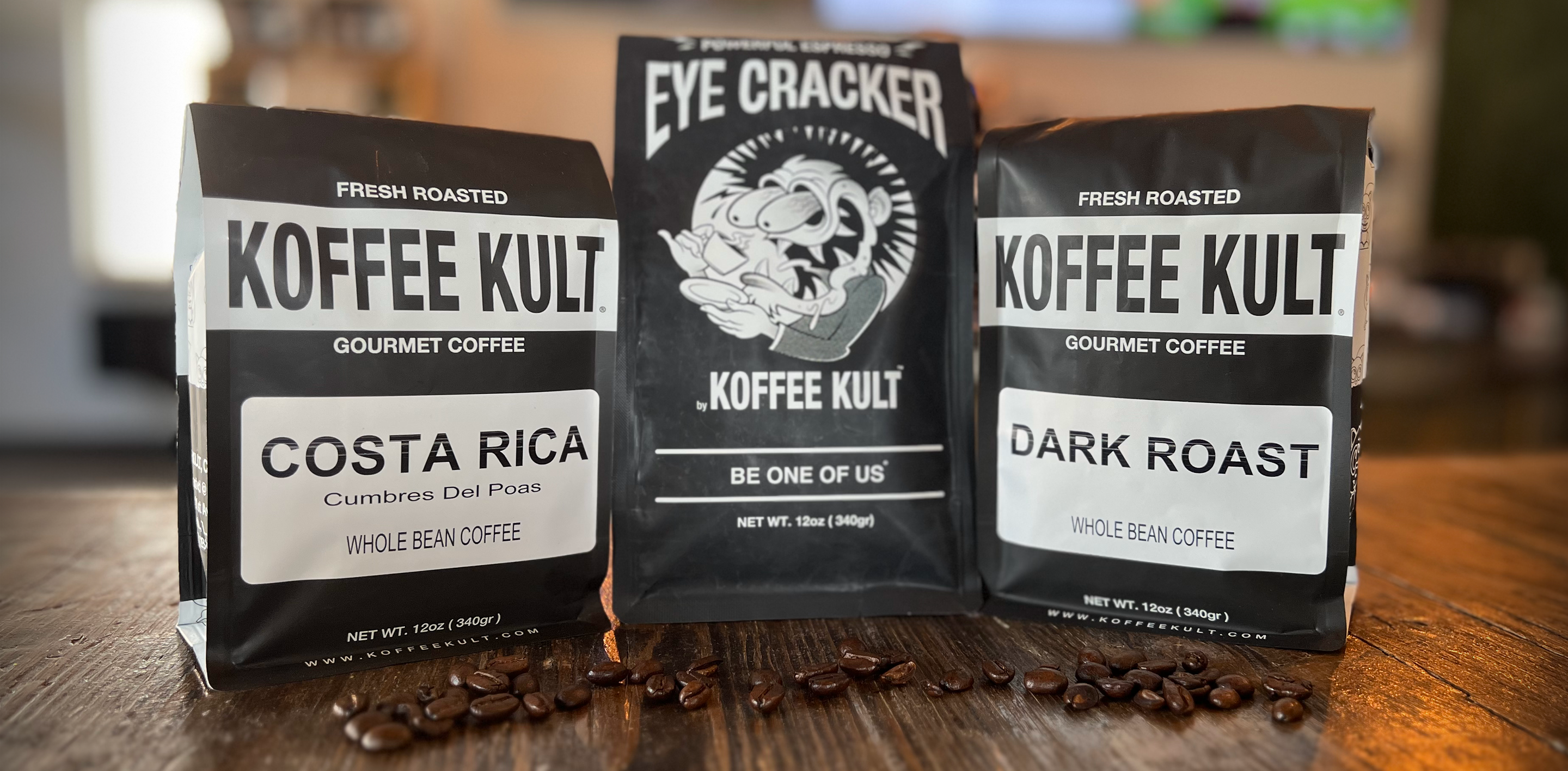Honey Processing For Coffee
What is Coffee Processing Exactly?
In coffee, there are a few buzz words around coffee processing methods that you may have seen before. You've probably seen descriptions of coffee being washed, natural or honey processed on your bags at home. These are the most common ways to process coffee cherries. But what does that mean? Well, to begin, let's define coffee processing in its simplest terms. This is when producers remove the cherry surrounding the coffee bean, including the skin, pulp, and mucilage. Regardless of method, coffee processing is a vital step in producing the nuances of flavor and texture in coffee.
What Makes Honey Processing So Distinct?
Before we can answer that question, let's consider the washed and dry processes first. The washed process involves de-pulping to remove the skin pulp of the cherries around the bean. Next, the coffee beans are fermented naturally for about a day or so. This fermentation breaks down the mucilage, a sugary substance around the coffee bean, and begins to crystalize its flavor. Once the coffee fermentation is complete, the coffee is washed with water.












